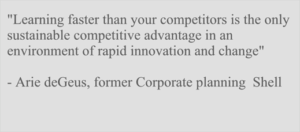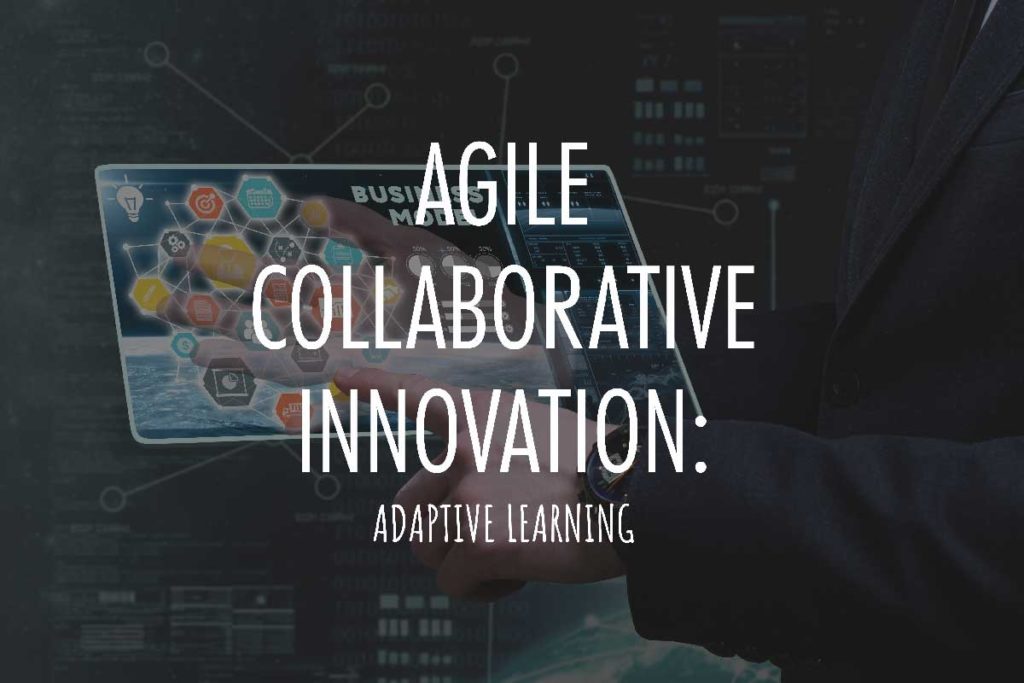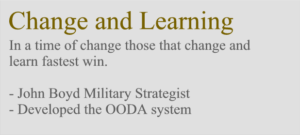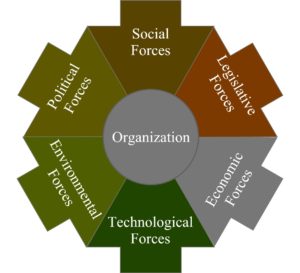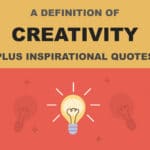Agile As Learning
The originator of general semantics, Alfred Korzybski came up with the phrase:
The map is not the journey
The map describes the territory and gives us an understanding of the parts such as rivers, altitude and scale (e.g. size and location of a hill). In turn, this then enables us to navigate the land.
However, a map can never equal the territory(land) and at best is only a representation of it.
The problem is the land and territory change (often quite frequently and dramatically), but we may still be using ‘a map’ that no longer represents the land.
In business, many people have a map of the market or customers, but often these differ within the organization and due to change may no longer represent a true representation of their customers or market.
In many cases, the map is their business model and the business models of their market: including direct and adjacent market competitors.
Because a market was at some point mapped, or your business model defined, doesn’t mean that they still represent either your business or the market.
Markets are dynamic. New startups, technologies, changes in customer behaviour and competitive activity, all lead to a changes in the landscape. Your map of the market might no longer represent the terrain: the opportunities and match how and what value you deliver to customers.
If you put people in separate parts in your company and hinder them from seeing the whole picture or at least understand it, then they will act as isolated units. Each group will try to optimize their part of the world. This can cause the following problems:
- Old ways of doing business may be perpetuated
- Lack of understanding of how each business area impacts the other
- Siloed cultures and communications
- Impairment of organizational learning
- Disparate representation of brand to customers
- Poor levels of customer service
Organisations are not just the product or service.
The organisation is the people within, the human capital that innovates. Together they shape the way business develops, how it creates, delivers and captures value as well as changes to adapt to market forces and innovates.
Great businesses recognise the need to have employees that are share knowledge: create and promote new ideas and to solve existing problems.
Moving from task to network focus – I do, I learn, I share (we learn – adaptive learning)
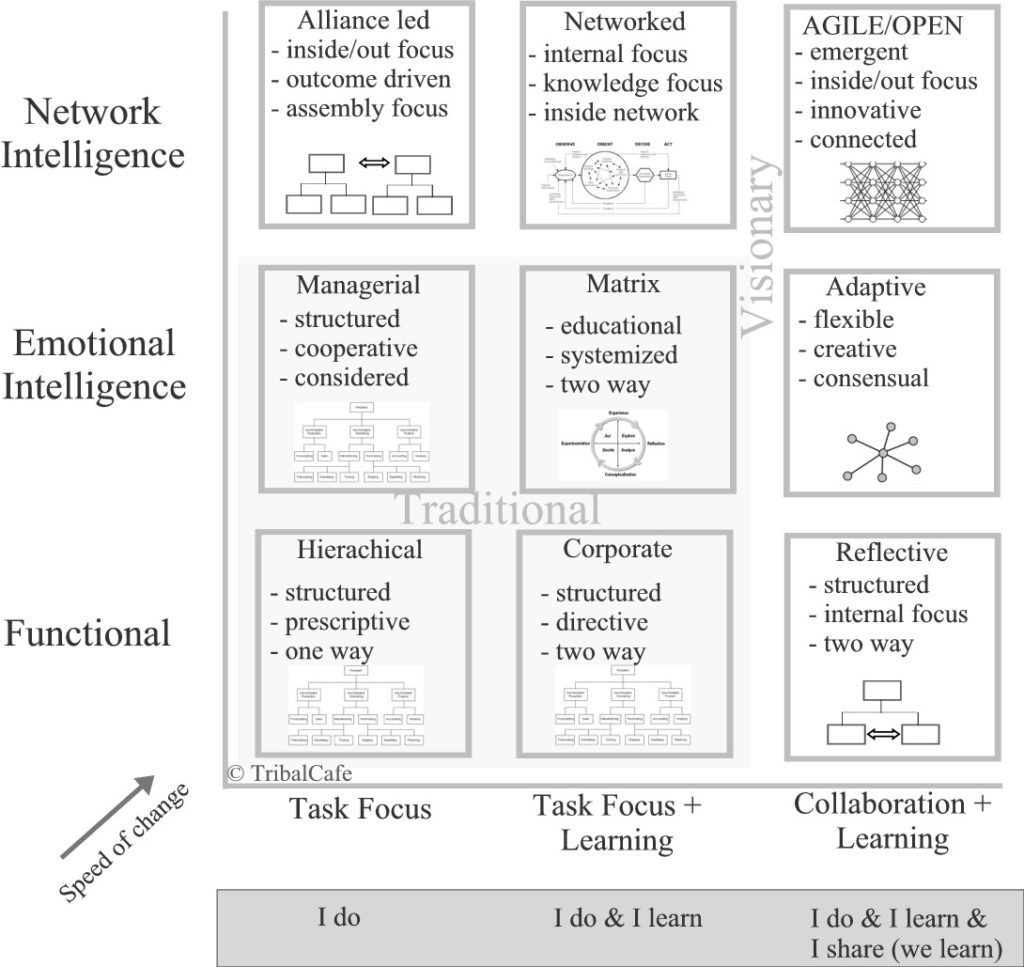
If organizations embrace adaptive learning they can move to a more collaborative and participative model of development. People in this model do, learn but more importantly share their learning with others.
This accelerates the pace of change and innovation within the business.
Leaders within this model need to move the organization from the purely functional, and target driven model, to a more humanistic and networked intelligence model, to capture the intelligence of the many.
To do this requires new agile approaches both in practice and policies; as well as in structural forms.
Humans are naturally good at social learning. We learn best from blending our own experiences with others and through discussions, we learn new perspectives
Digital technologies help people with informal learning; this is the kind of learning that happens through conversations over a coffee.
Digital technologies can also provide more formal collaborative and learning spaces.
Even educational institutions are now recognising the importance of digital technologies for collaboration and co-creation.
What does this mean for organizations
A lot of change happens at the same time, the cloud, mobile, AI, robotics and blockchain.
These technologies converge, presenting new opportunities for radically new business models. In turn these cause societal and economic change.
Together they create new opportunities as old business models are destroyed and new business models form.
But if the territory is changing how many businesses have old maps that no longer represent their markets.
More importantly, how are they updating their understanding regularly so that they are still relevant to customers and competitive in their operations?
Organizations need to move to plan and integrate digital technologies so that they can benefit from:
- Cultural alignment
- Open and agile organisational forms
- Open and shared collective knowledge and innovation
- Collaboration and co-creation of new ideas
- Harnessing external and internal relationships (network intelligence)
